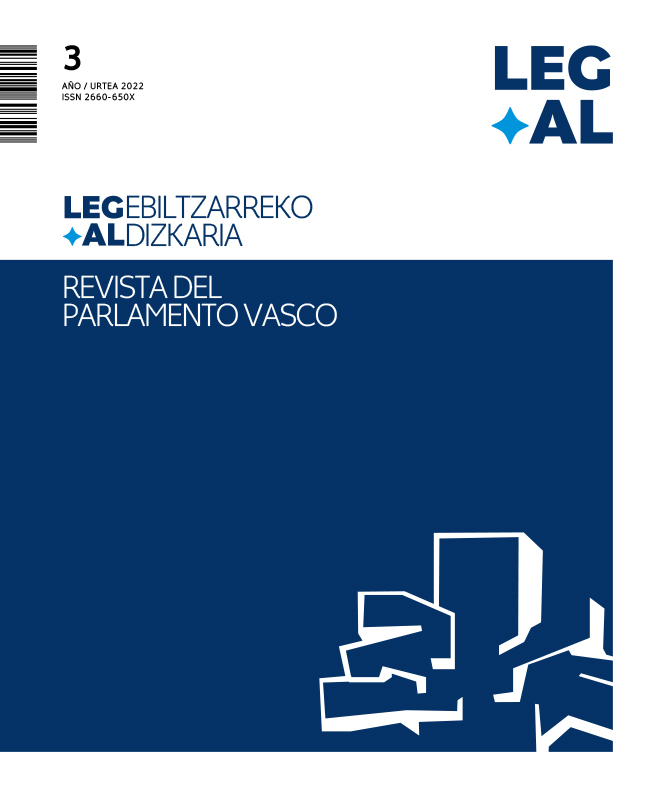Abstract
We can say that the main pillars of the UN are the promotion and protection of human rights and the peace. The two objectives are also intertwined because wars are the most serious violations of human rights and cause great destruction of them. It is quite evident that the defense of human rights by the United Nations has chiaroscuro. The rights of individuals and groups are often talked about, but little, however, about the responsibility of the UN to prevent war, and its failure in this matter. The conflicts that fuel or provoke them must be resolved to avoid war. These conflicts are often very complex, frequently related to clashes between national identities and territorial disputes, and are almost always problems between states. The main organs of the UN, the General Assembly and the Security Council, have very limited possibilities to prevent wars. The Committee created by the International Covenant on Civil and Political Rights may be a useful body for this. Its role must be strengthened. The International Court of Justice can also play a more important role than at present. In any case, it’s very important to clarify when and how must be applied the right to self-determination of peoples recognized by the Charter of the United Nations and the Covenants, because many of the conflicts that have caused wars have to do with it. The UN bodies and functions in the field of human rights have the capacity to generate decisive soft power, but they should use that power much more effectively.
References
Bonifaz Tweddle, G. (2012). La ejecución de los fallos de la Corte Internacional de Justicia. Themis, 62, 289-326. Hemendik eskuratua https://revistas.pucp.edu.pe/index.php/themis/article/view/9026
Corriente Córdoba, J. A. (1976). España y los convenios internacionales de protección de los derechos humanos. Anuario español de derecho internacional, 3, 129-172. Hemendik eskuratua https://hdl.handle.net/10171/20087
Cuenca Tovar, R. E. y Beltrán Ramírez, J. P. (2018). El Derecho a la autodeterminación de los pueblos y los movimientos independentistas. Criterio libre jurídico, 15(2), 111-136. https://doi.org/10.18041/1794-7200/criteriojuridico.2018.v15n2.5576
Ezeizabarrena, X. (2004). Algunas consideraciones sobre el derecho de libre determinación de los pueblos. Repertorio Aranzadi del Tribunal Constitucional, 2004(2), 1335-1354.
Nye, J. S. (1990). Bound to lead: the changing nature of American power. New York: Basic Books.
Nye, J. S. (2005). Soft power: the means to success in world politics. New York: Public Affairs.
Nye, J. S. (2022-1-11). Whatever happened to soft power? Project Syndicate. Hemendik eskuratua https://www.project-syndicate.org/commentary/whatever-happened-to-soft-power-by-joseph-s-nye-2022-01
Pastore, B. (2014). Soft law y la teoría de las fuentes del Derecho. Soft power, 1(1), 74-89. Hemendik eskuratua http://www.softpowerjournal.com/web/wp-content/uploads/2014/10/articolo-5-Soft-law-y-la-teor%C3%ACa-de-las-fuentes-derecho.pdf
Soroeta Liceras, J. (2013). El derecho a la libre determinación de los pueblos en el siglo XXI: entre la realidad y el deseo. Cursos de Derecho Internacional y Relaciones Internacionales de Vitoria-Gasteiz (2011) (453-504 orr.). Madrid: Tecnos. Hemendik eskuratua https://www.ehu.eus/documents/10067636/10765866/2011-JuanFrancisco-Soroeta-Liceras.pdf/00f0923b-31b8-0f20-b596-f60a02f77733?t=1539857012000

This work is licensed under a Creative Commons Attribution-NonCommercial-NoDerivatives 4.0 International License.
Copyright (c) 2022 Iñigo Lamarca Iturbe

